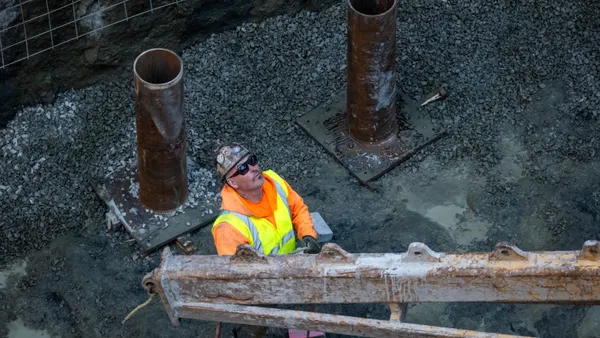Dive Brief:
-
Though the apartment market is still strong, rental occupancy fell from 95.1% last fall to 94.5% in the first quarter of 2017, and some new properties are having difficulty signing initial residents, Business Insider reported. Meanwhile, new supply during the remainder of 2017 — averaging 102,000 units quarterly — is expected to outpace the 82,000-unit average at the end of 2016 and the beginning of 2017.
-
RealPage and Axiometrics, which provided data for the related report, believe the leasing slowdown will be brief as the winter season ends and the recovering economy and improving job market drive new household formation.
-
Rents continue to go up overall, particularly among middle-market properties, but there are declines in some cities. Sacramento, CA, Seattle, and Riverside-San Bernardino, CA, lead the country in rent growth.
Dive Insight:
Rental price shifts today vary widely based on market. For example, while Sacramento saw a year-over-year increase of 9.8% for new-lease prices, according to the RealPage and Axiometrics report, rates in San Francisco dropped 1.3% in the first quarter and New York decreased 0.6%, according to data from a separate report released by Reis.
San Francisco and New York boasted the highest median one-bedroom rental prices in April at $3,320 and $2,940, respectively, followed by San Jose, CA, Boston, and Oakland, CA. Nationally, one-bedroom rents rose 1.92% to $1,164 from March to April.
Though concessions such as free first month’s rent have always been common, property managers in new luxury properties are upping their game, at least temporarily, to fill vacancies offering everything from discounted deposits to gift cards.
However, much of the overbuilding has occurred in the mid- and upper tiers of the luxury rental market. One challenge to the availability of more affordable units is a lack of small- to medium-sized buildings that once were common, Bloomberg noted, but that now make up only 15% of new residential construction. Such buildings provide a middle ground between single-family housing and high rises, but zoning requirements that promote single-family and other factors such as regulations have taken a toll on developer interest.
For more housing news, sign up for our daily residential construction newsletter.













